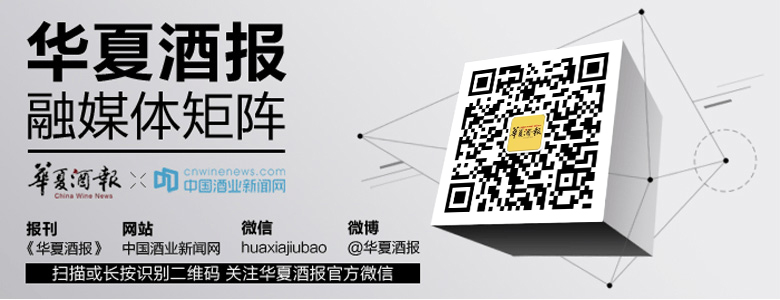Over the past two months, the liquor industry has been hit by multiple setbacks. The introduction of an "alcohol restriction order," a crisis of trust in aged liquors, and the fall of the price myth surrounding Feitian Moutai have led to an unprecedented loosening of the once-unshakable price foundations of premium liquors, with prices continuously declining. The mountains of inventory piled up in distributors' warehouses and the lament that "there’s enough to drink for two years" have become a stark reflection of the supply-demand imbalance. However, the root of the grim situation lies in the profound reshaping of consumption patterns, particularly the rational shift and diversified demands of younger consumers, which are eroding the traditional "face-saving consumption" foundation of baijiu. Coupled with cyclical industry downturns and tightening policies, these converging forces are driving a life-or-death reshuffling of the liquor industry landscape. The question of who will rise and who will exit has become a shared concern for the industry.
First, the reshuffling is not about the rise and fall of individual brands but a fundamental shift in the industry’s value framework—from the illusion of extravagant prices to the soil of genuine demand. According to the "2025 China Baijiu Market Mid-Term Research Report" jointly released by the China Alcoholic Drinks Association and KPMG, from January to June 2025, the top three price ranges with the strongest market performance, as reported by distributors and retailers, were 100–300 yuan, 300–500 yuan, and below 100 yuan. The top three price ranges experiencing the most severe price inversions were 800–1,500 yuan, 500–800 yuan, and 300–500 yuan. The popular mid-to-low-end price range has further shifted downward from 300–500 yuan to 100–300 yuan, while products in the 500–800 yuan range face the toughest survival challenges. Behind these numbers, the bursting of the price bubble for premium baijiu is an undeniable reality.
Second, the collapse and restructuring of channel power has become the most hidden yet fatal aspect of this reshuffling. In the past, premium liquors relied on inventory pressure and price control to sustain growth through a traditional distributor pyramid. But now, with the myth of "ever-rising prices" shattered, the mountains of inventory have instantly turned from assets into burdens. To recoup funds, distributors are forced to sell at low prices, rendering the price systems built by premium liquors fragile in the face of liquidity crises.
Third, the "2025 Report on Young Consumers’ Alcohol Preferences" released by iResearch shows that the frequency of baijiu consumption among 25–35-year-olds has plummeted by 22% year-on-year, with low-alcohol drinks becoming their core choice. Meanwhile, social drinking scenarios have significantly lightened: the traditional culture of forced drinking is waning, while "tipsy" scenarios like camping and solo home drinking are on the rise. Consumption behavior has become more rational. At weddings and gatherings, baijiu consumption has dropped sharply from one case per table to just two bottles, often unopened and returned. Consumer motivations have shifted from "flaunting status" to "quality recognition," with greater emphasis on cost-performance and cultural resonance.
In other words, as "face-saving" recedes, the value of "substance" is being re-evaluated—flavor innovation, emotional connection, and scenario compatibility have become the new benchmarks. "The core of this reshuffling is not about which brand falls from its throne, but whether the entire industry can break free from its dependence on distorted prices and return liquor—this ancient beverage—to the genuine needs, real emotions, and pure sensory experiences of consumers," one analysis noted. The loosening of premium liquor price systems is far from the end of the industry but rather the prelude to a return to value, potentially giving rise to a new ecosystem of "layered coexistence."
Indeed, premium liquors will not disappear, but their logic of existence must be reconstructed—they will no longer serve as mysterious liquids endorsing power but must become artworks embodying exquisite craftsmanship and the aesthetics of time, catering to the few consumers who truly appreciate them. The broader market, however, belongs to brands that can anchor themselves in specific life scenarios and deliver genuine emotional value. These brands may no longer pursue the false hype of "being hard to find" but instead find resonance with consumers in the corners of cafés, by camping tents, or on desks during late-night work. Only when the industry stops obsessing over replicating the "Moutai myth" will it be able to build vibrant vitality in the cracks of competition.

